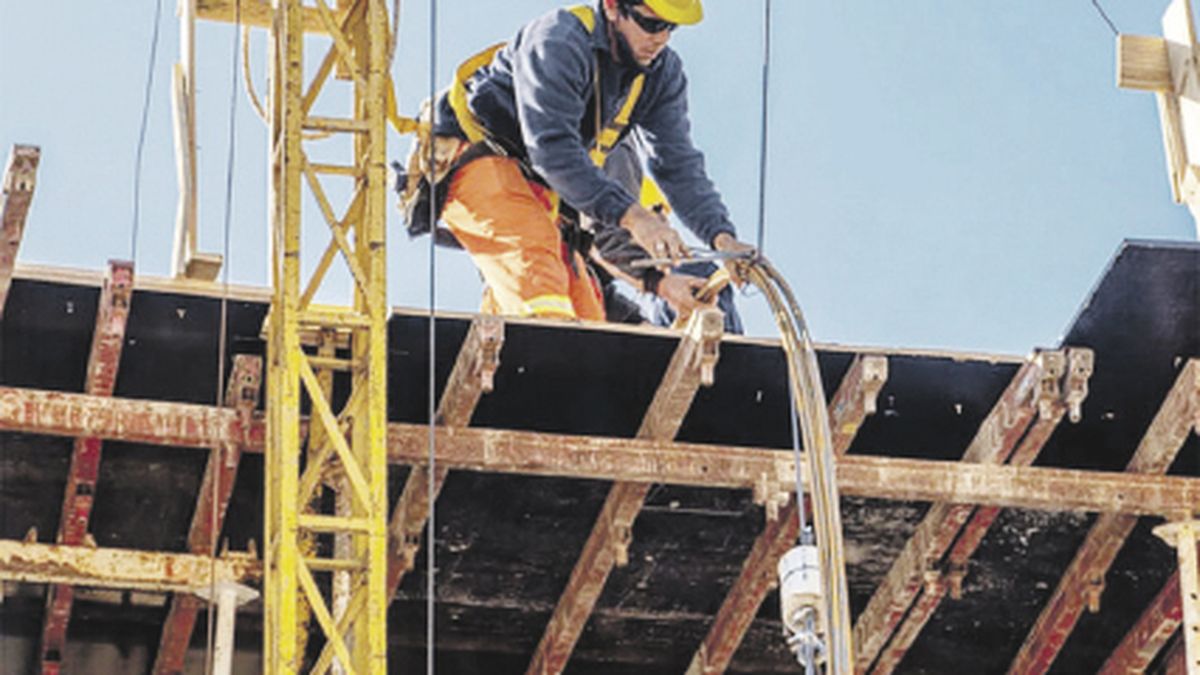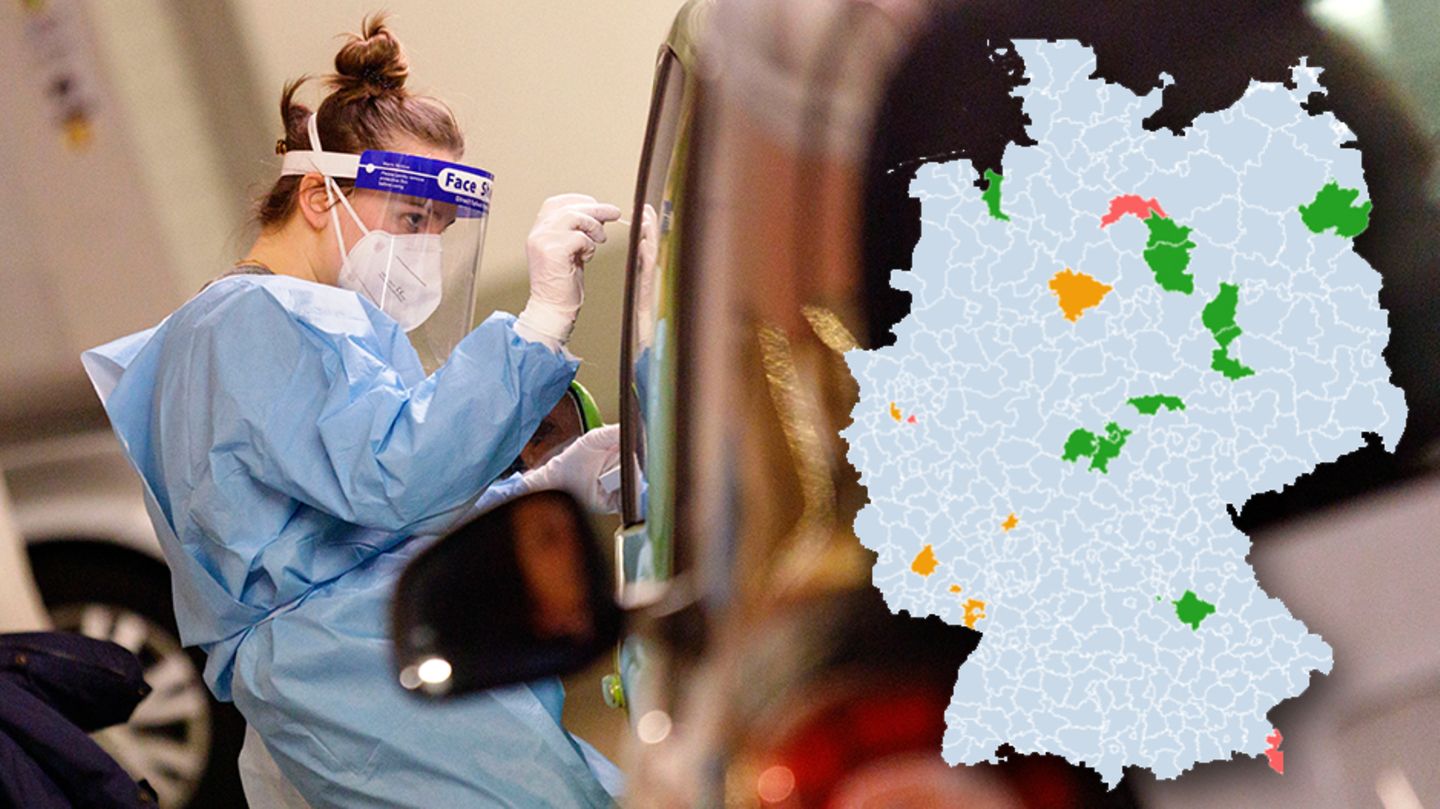Menu
Rising corona incidences: This is the infection situation in your district
Categories
Most Read
Time change 2025: Why are we still turning the clock?
October 18, 2025
No Comments
Children with a cold: How many infections are normal for little ones?
October 18, 2025
No Comments
Cell Phone Regret: She grabs me and shakes me
October 17, 2025
No Comments
New column “The Feeling of the Week”. This time: cell phone regret
October 17, 2025
No Comments
Time change 2025: Expert explains in video why we are turning the clock
October 17, 2025
No Comments
Latest Posts

Boca: Luis Advíncula is accused of crashing the wrong way and trying to escape
October 21, 2025
No Comments
October 21, 2025 – 20:03 The Peruvian player was reported to court. Images of the accident were known. X.com The side of Boca Juniors, Luis

How much are the jewels stolen from the museum valued at?
October 21, 2025
No Comments
The prosecutor, who described the robbery as “extremely spectacular,” assured that the investigation into the theft of the French crown jewels is advanced with the

How the real economy arrives at the 2025 legislative elections
October 21, 2025
No Comments
Yerba mate production also maintains solid performance in the interannual comparison, with 17 consecutive months of increases. “However, signs of exhaustion begin to appear due
24 Hours Worlds is a comprehensive source of instant world current affairs, offering up-to-the-minute coverage of breaking news and events from around the globe. With a team of experienced journalists and experts on hand 24/7.

